


![Untitled [John S. and Jonathan]](https://storage.googleapis.com/visualaids-galleries/galleries/facing-death/_fullWidth/emm-001-035__export.jpg)









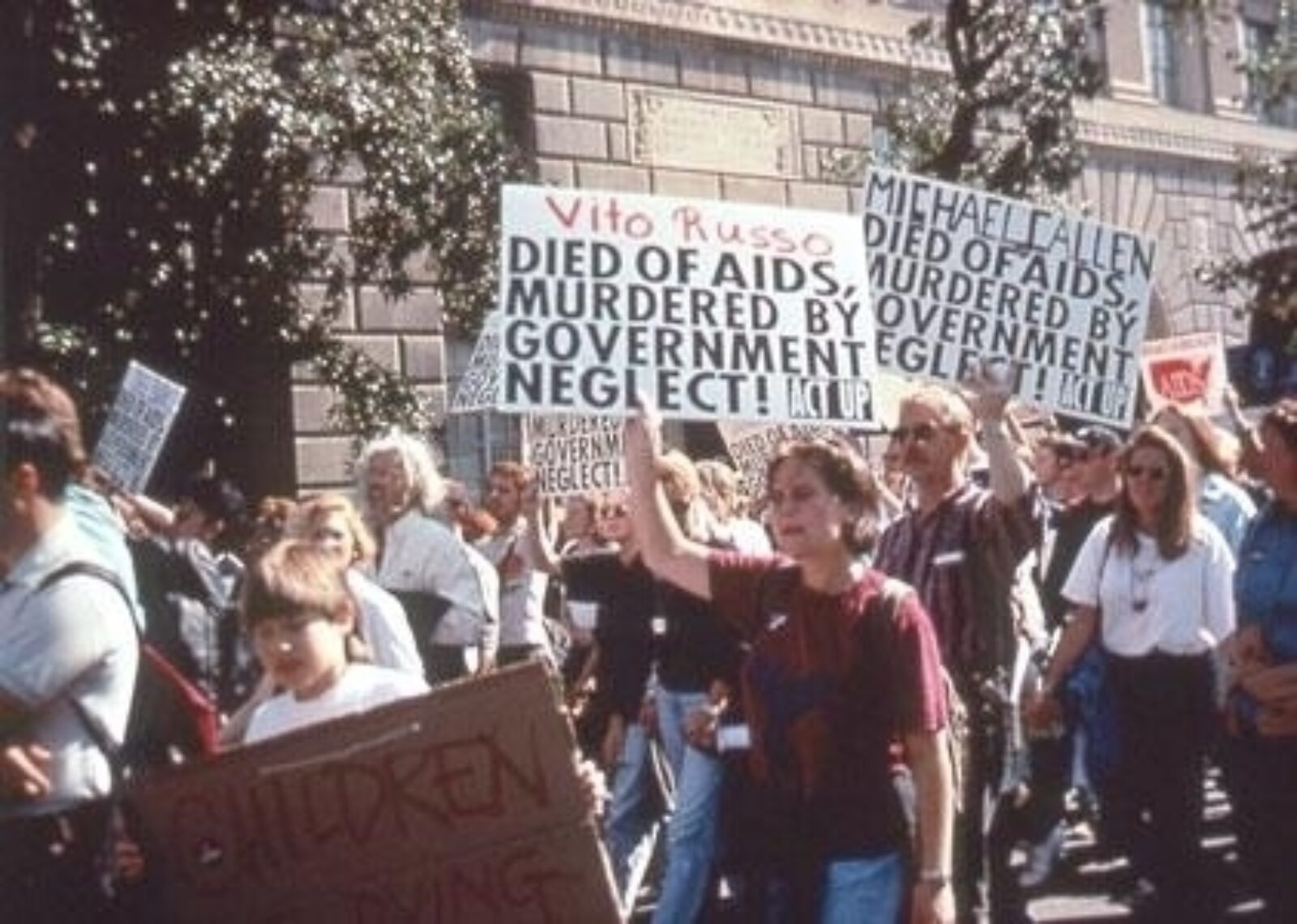
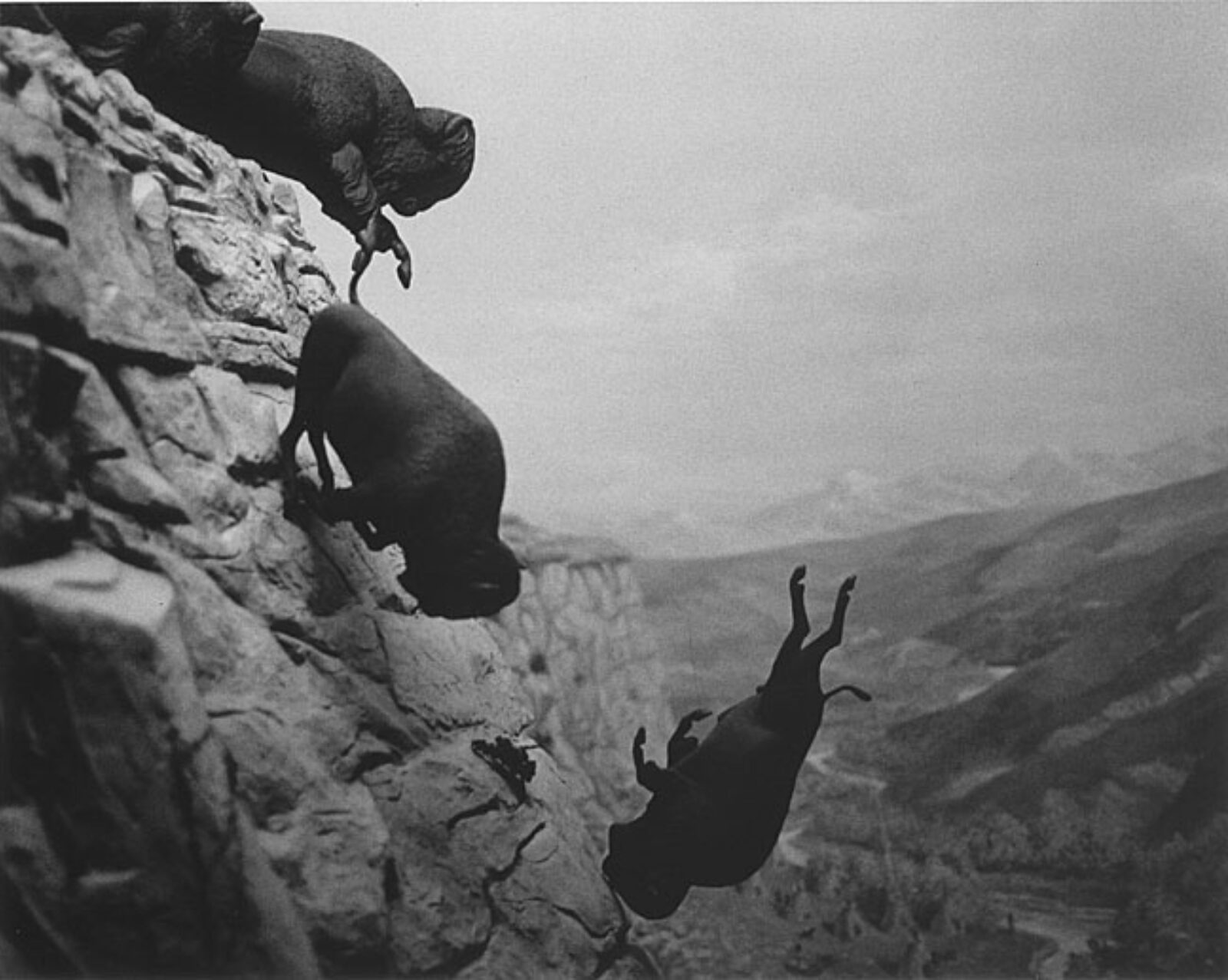









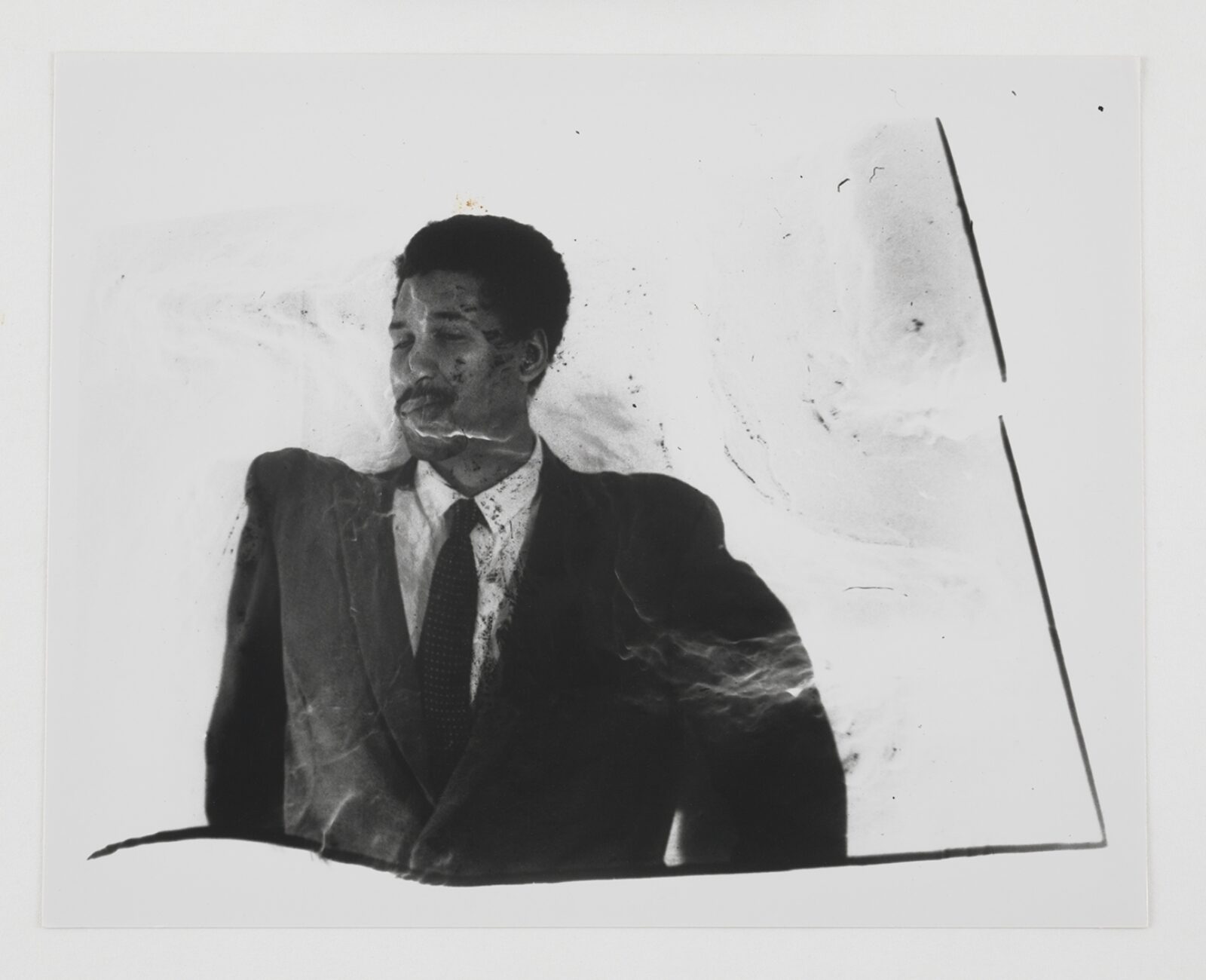











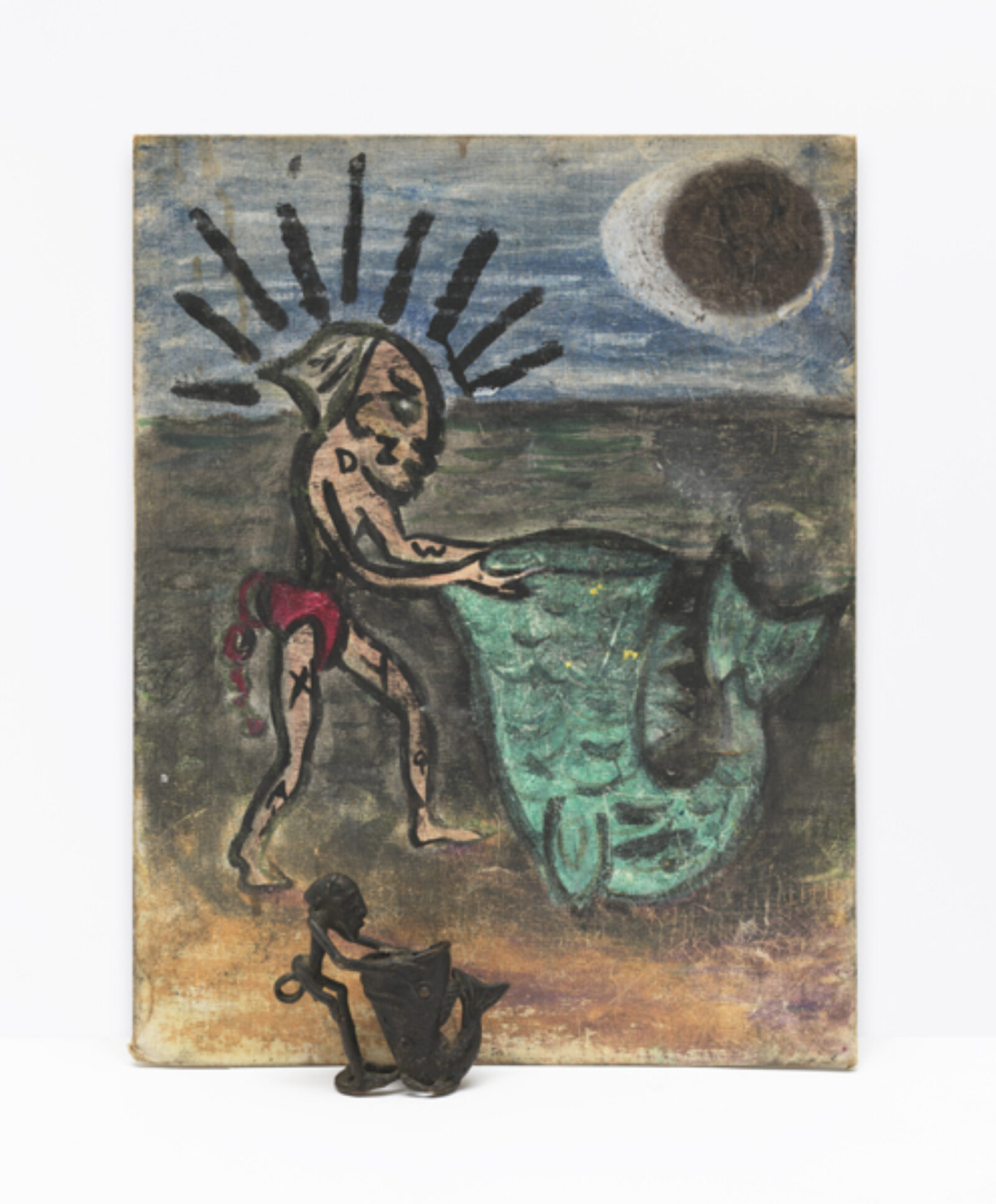

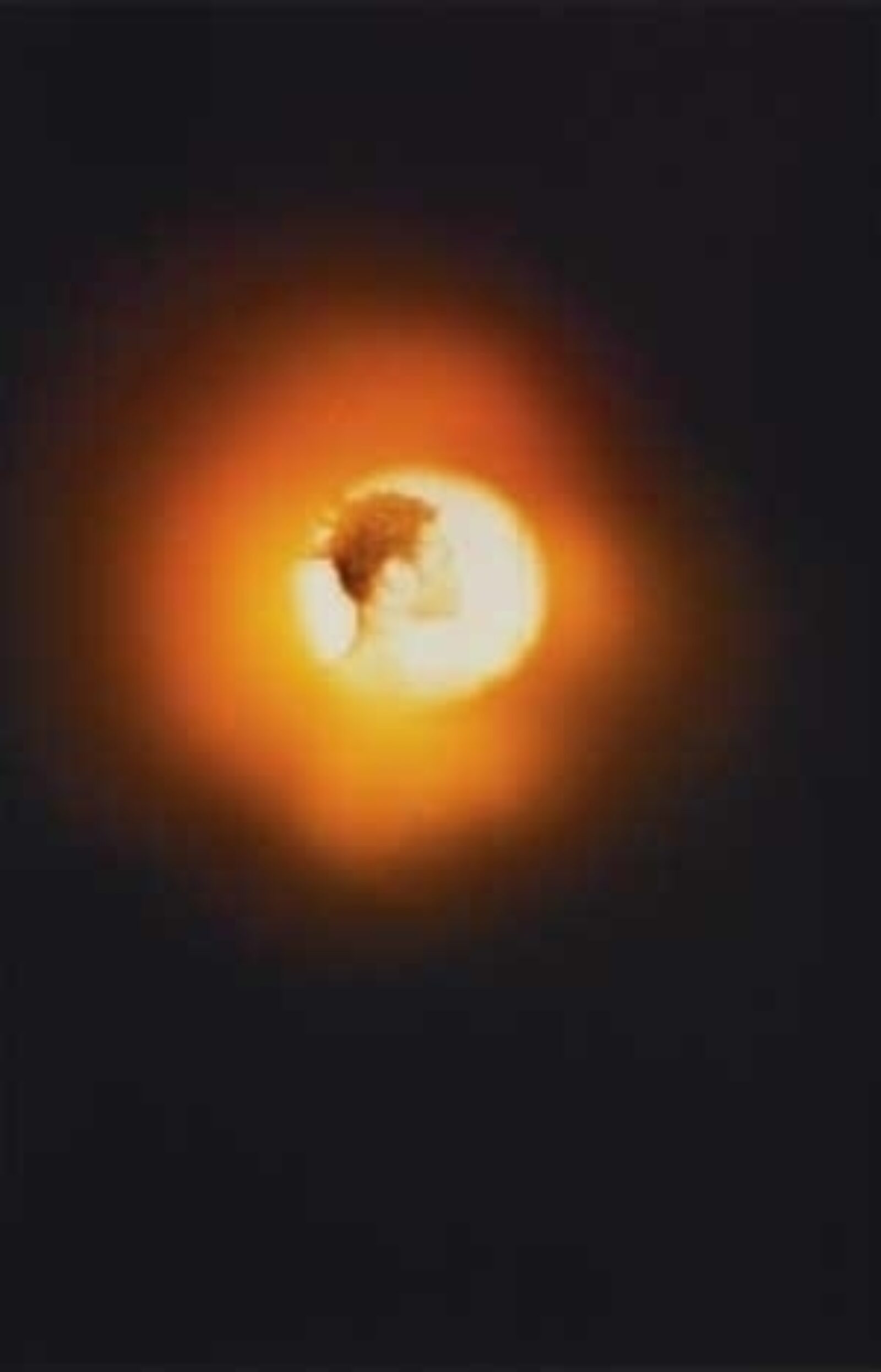

featured gallery for December 2019
Facing Death
In 1989, a small group of arts professionals organized the first Day Without Art, a day of mourning and action in response to the AIDS crisis. To mark the thirtieth year of Day With(out) Art we invited Philip Yenawine, a central organizer in the early years of Visual AIDS and Day Without Art, to reflect on that moment in time through the Visual AIDS Artist Registry.
It felt like yesterday—the day we stepped out of the closet, admitted our sexuality, and began to celebrate—when, bang, our friends and lovers began to die. Billy was the first in my life; I think it was 1981 and, suddenly on tour in Denver, he was too sick to perform. A brilliant, electric dancer and equally buoyant in real life, it was like a light burned out. He died in a heartbeat. I’m sure he had what was called “gay pneumonia” but who knew? The 1970s had been liberating—we danced and caroused, we fell in love and didn’t hide it, we had sex with friends and strangers, casual and extraordinary at once. It was exciting and fun but don’t be confused: most of us still had wounds to lick from our days in hiding. Suddenly we were dying. We were not ready for this. It was catastrophic.
Families who send their young off to wars live with fear and dread. Old people eventually accept that death is inevitable, in fact the only inevitability we live with. But dying and death aren’t normally on the minds of people in their 20s and 30s; in fact, the subjects are avoided in our escapist culture at large. Throughout the 1980s and the first part of the ‘90s, however, a diagnosis of HIV was a death sentence. We were still in our prime but lived with an up-close grasp of death’s presence. Negative test results should have produced relief, and did, but ironically expecting to survive didn’t feel great either. Most of us faced the plague with some weird mix of confusion, resignation, anger, self-pity, indignity, desperation, and, remarkably, sometimes, hope.
When HIV/AIDS hit, we weren’t yet a “community” and the word “gay” felt like an inclusive term, way before LGBTQI was conceived. And at first the disease was thought to be confined to gay men; it took years before various pieces of the puzzle fell into place. Here’s why, in David Wojnarowicz’s words: “…when I was told that I’d contracted this virus it didn’t take me long to realize that I’d contracted a diseased society as well.” You could easily think that every aspect of the social order was not only not going to help but would ignore you, leave you to suffer, even vilify you. Queers and users were expendable. We were getting what we deserved.
Families couldn’t be counted on. Many were still uncomfortable with our gayness alone and were deeply troubled by this illness that came with a stigma. Their responses upon disclosure were often nasty and mean, or, better, unsympathetic and distant, or, at best, solicitous but anxious. Hospital workers were afraid and treated people with AIDS as if it were easily spread by mere contact, isolating patients, wearing gloves and masks. Ditto the police. Doctors treated the virus by guess work—each patient a new laboratory—though few would admit it; they were not used to being without answers.
Out of attempts to change this, to get necessary help, we banded together in various ways, all of them necessary, becoming a community as we did. It wasn’t as if there were a grand scheme and the route was not without potholes and discord, but over time we built the supports we needed. Certain efforts focused on scientific research related to treatment and prevention of the disease. Some on support services. Some protested “government inaction and public indifference.” Some intended to widen the breadth of concern and to give people ways to acknowledge and honor those we lost, to provide means to mourn.
Visual AIDS was one of the latter. It was initiated by people who worked in the arts, an arena particularly hard hit by the virus, and one particularly well suited to speak out about the disease. Artists donated work to be sold to raise money. Exhibitions were organized, the most memorable of which was Witnesses: Against Our Vanishing, a powerful collection of voices put together by activist artist Nan Goldin to give visibility to the images and words of friends and neighbors who presence might otherwise have been ephemeral. Controversy followed and, in its wake, a great deal of attention—some wanted and some not: the culture warriors who disparaged contemporary art and artists in general found a fruitful battleground. Still the public disputes provided fuel that helped propel change.
Art about AIDS wasn’t usually pretty or inspiring in traditional ways. It was highly personal, autobiographical, graphic, polemical, unvarnished, sometimes hyperbolic—and the lives uncovered weren’t Norman Rockwell’s Americans. Images, performances, texts described our lives and expressed our feelings including responses to the plague. The existence of this many faceted art, evidence of us, provoked anger and dismissal from many corners, especially in government and among religious groups. Government funding of art was reduced, redirected, or cut. Commentary in media was usually inaccurate, incomplete, sometimes derogatory and dismissive. Politicians' attacks were intentionally inflammatory.
I was an early member of Visual AIDS and an organizer of Day With(out) Art. I was deeply involved with art and artists. For me art was a refuge and had been for years, introducing me to things I needed to know. The art of my friends kept us—our lives, our feelings—from disappearing, as Nan Goldin knew. Art in its many forms of communication emerged—from agitprop to documentation to biography and narrative; from metaphor and poetics to unambiguous expressions of pain and grief. And it did what art is supposed to do: provide information to challenge our minds, expressed in ways that move our hearts.
Though this art and the memories it evokes have never left my consciousness any more than the men I lost, studying it for the purposes of this exhibition and essay has reawakened for me the necessity that it exists. Museums avoided the subject during the early years of the crisis. Though Day With(out) Art changed that to some degree, with rare exceptions this art is still not much acknowledged by the mainstream, tucked away as it is in memories, a few publications, and in the Visual AIDS Archive and Registry. Artists who managed to live until medication became available to sustain their health could, with effort, continue to make, show, and protect their production. But some of the original art from back in the day is very likely lost because of the economic circumstances, youth, marginal nature of the people who made it; they didn’t have galleries to protect it; many families would do nothing to help preserve it: money to store it properly was available to too few.
I paint a bleak picture, I know, because that’s what it felt like 30 years ago when I went to the mat to convince the place I worked, MOMA, to lead off the first Day With(out) Art. Nothing was easy. The reluctance made little sense to me and to those of us who found ourselves taking care of and attending the funerals of the people we thought we’d grow old with. Our sense of urgency wasn’t shared. Focus on AIDS by those in power in big arts institutions was begrudging and reluctant. The first suggestion made to museums—that we conduct a moratorium (close down for some period of time, like a day) to recognize the losses to our ranks—was greeted as too negative. It was “too negative” to recognize the art and artists we were losing by closing up shop, truly a “day without art.” I still feel the anger and all-too-familiar stirrings of despair as I write that. But we backed off the request for a moratorium and settled for people marking the day as they saw fit. In the end it was a good decision: many creative means of expression came to be and some continue to this day.
Working on this exhibition and thinking about this essay has definitely carried me back in time. What I have included is art, some by friends, that seems emblematic of the time and which encapsulates the feelings of then. Narrowing the selection down to these few was tough. It’s not a happy show but here are comments about some of the art that I’ve included in the gallery.
I lead off with Jesse Murry’s painting, Rumbling, because I see it as containing the sunset on the fun-filled era that preceded the plague: the darkest of clouds—the epidemic—hovers menacingly over that distant light
Crawford Barton and Joseph Golden were among the many photographers who captured the zeitgeist of the good ol’ days. Mark Morrisroe’s hugging boys signify to me the total rapture of loving comrades. James Romberger’s painting expresses in color, gesture, and caricatured figures the zest of street life in the 1970s and ‘80s. Tom Rubnitz was the official historian of the Pyramid Club that percolated much of the ‘80s performance, a primary venue for the emerging drag scene. Tommy was able to document it from the inside, up close and personal. Raw, even unflattering.
Jack Smith, an inspiration to a generation of younger performers who redefined what theatre was, was himself a work of art and he wasn’t kidding when he wrote that “Normalcy was the evil side of homosexuality.” Conforming to the norms of society was death to the invention necessary to forge gay existence, post closets. I wonder what he’d make of gay marriage: is it the ultimate surrender to heteronormality or its most wonderful perversion?
Camila Rocha’s blood-red watercolor of a vaguely anthropomorphic form makes me want to cry, simple as that. And performer John Kelly’s glassy-eyed romancing of an invisible companion in a video excerpt from a performance, nurtured at the Pyramid Club, conjures the presence of absence, a new norm. What does dying mean? What do we do if someone isn’t there anymore? Rene Santos leaves much to imagine in a painting of two women which, complete though unfinished, presents a disembodied hand; you can figure out the logic but what’s the point? Isn’t absence, isn’t non-sense what we have to deal with?
The generous, heroic Keith Haring introduces the political art of the moment at its most palatable and understandable and his image here is followed by others that document protests taken and responses to them, the irony of god-loving people having no interest in understanding, much less caring for, those in need of succor. David Wojnarowicz, famous for his eloquent diatribes—he the emblematic artist of the 80s and 90s—photographed a diorama showing a Native American practice of herding buffalos over a cliff as an efficient means of killing the huge animals, needed for food and hides. But as a metaphor, it sums up the feeling of heading into the abyss en mass engendered by the epidemic.
Nelson Rodriguez’s downcast head as he seems to survey his near nude body feels to me a tiny poem to the vulnerability and shame that so often and sadly accompanied the infection; guilt at being who we were and what we did wormed its way into our psyches. Though made two decades later, Aaron Kissman’s naked man, ass exposed, sprawled alone on a dirty floor, has the same penetrating sense of degraded self that the religious righteous wanted us to feel.
Conceptual artist Felix Gonzalez-Torres, another beloved figure of the time, intimated our predicament in subtle ways, here with a billboard—what is more public?—of our most private quarters—a slightly messed bed—two dents in pillows that no longer cradle anyone’s head.
Patrick Webb is a visual storyteller and his central character is the problematic Italian clown, Pulcinella. A wily survivor in his theatrical origin stories, he may save others but in his contemporary appearance, he’s struck by the plague. Webb makes Pulcinella the gay everyman in image after image but here captures both dual nature of victimhood in the AIDS era: there are the sick and there are others who attend and bear witness.
Frank Moore, another hero of the time, helped to instigate the Red Ribbon project with the Visual AIDS Artist Caucus, which gave visibility to the breadth of those who cared. Moore spared no detail in his paintings, showing time after time both what it looked like and what it felt like to become a medical project, to have your life and its descent into death taken over by treatments and procedures.
The next images—of Robert Mapplethorpe, Mark Morrisroe, and Darrel Ellis—show how a few years of living with HIV could ravage your body. They were brave enough to show their lives before—and it took bravery because it opened them to critique of the “homo life style”—but captured the beauty of their prime. And they made others images that provide evidence of how they became old and weak before their time.
I have no idea what Jimmy de Sana intended to say with his image, “Party Picks,” but I see it as a contemporary take on the martyred Saint Sebastian, usually represented as a beautiful young man pierced with arrows. While Saint Sebastian looks up toward the heaven beseeching his god, de Sana's young man seems to experience his martyrdom more like one of the people in Picasso’s “Guernica,” screaming into the unknown.
The photo by Rotimi Fani Kayode calls to my mind the angel of death, a mysterious, shrouded figure communicating his unwanted summons with unblinking directness. In Kurt Weston’s “Requiem” a figure presses his face and hand against a glass cage as if praying, trapped, but maybe seeing, as in the Biblical phrase, “through a glass, darkly.” When what you see is dying and the hovering presence of death, as in Brian Weil’s photograph of a woman in Soweto, South Africa, what do you see? It’s more than perception. It’s sensation that takes over your whole being.
That is if you haven’t stopped feeling. Numbness was part of life in the day too. Given too much, we built defenses like the makeshift barrier in Anthony Viti’s forbidding painting. David Wojnarowicz photographed his friend Peter Hujar moments after his death and wrote about his struggle at that moment.
So I asked the nun to leave. And after closing the door again, I tried to say something to him staring into that enormous eye. If in death the body’s energy disperses and merges with everything around us, can it immediately know my thoughts? But I tried to speak anyway and try and say something in case he’s afraid or confused by his own death and maybe needs some reassurance or tool to pick up but nothing comes from my mouth. This is the most important event of my life and my mouth can’t form words and maybe I’m the one who needs words, maybe I’m the one who needs reassurance and all I can do is raise my hands from my sides in helplessness and say, “All I want is some sort of grace.” And then the water comes from my eyes.
Sunil Gupta seems to feel that looking at the deceased is part of the journey even if it’s shattering. The self-portrait of David Wojnarowicz, showing himself nearly buried in rubble, was perhaps his last work of visual art. Robert Blanchon, also a many faceted artist, isolated a clock with no hands—does he say time’s up? Or that time doesn’t matter? There’s no point in marking it with minutes and hours? Gupta named his photo, “From Here to Eternity” perhaps thinking the same thing.
A woman in Kissa Miller’s photo seems to scream in total hopelessness. Benjamin Trimmier’s “Flowers” echoes the scream in blood-red bouquet, suspended as if lynched.
Luna Luis Ortiz believes there is light at the end as so many people who have lived through near-death moments. And Cookie Muller downplays the life one leaves behind: you are free of a lot of hassle; it wasn’t all that great.
And finally Tseng Kwong-Chi rows to quiet in a boat. It’s beautiful.
In her poem, “Lament,” Edna St Vincent Millay wrote,
Life must go on,
And the dead be forgotten;
Life must go on,
Though good men die;
Anne, eat your breakfast;
Dan, take your medicine;
Life must go on;
I forget just why.
